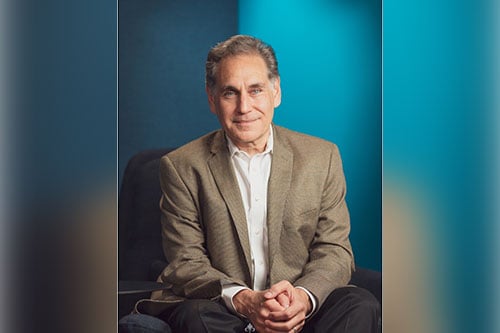

Capgemini and Efma’s World Insurance Report 2020 has revealed a conclusive change in consumer behaviour. People of all ages are now adopting a ‘millennial mindset,’ where they’re increasingly trusting their own research through various channels – primarily digital – to source information and directly purchase insurance products online.
The report groups today’s insurance customers into four categories – pioneer, inquisitive, experimental, and follower – based on their social behaviour and shopping preferences. It concludes that today’s customers, regardless of what group they’re in, do not rely exclusively on one channel in their purchasing decision. To varying degrees, they trust online research including reviews, testimonials from family and friends, as well as broker and agent advice, and they feel empowered to make independent policy purchase decisions.
What does this change in mindset really mean for the insurance industry? Traditionally, insurers have categorised distribution into two buckets: the digital market, where consumers prefer to buy through digital channels; and the conventional market, where people prefer an intermediated process with face-to-face or voice-to-voice interaction, often with an agent or broker. However, the World Insurance Report 2020 reveals rather conclusively that that’s “a false dichotomy,” or at least an outdated dichotomy, according to Seth Rachlin (pictured), executive vice president - P&C insurance leader at Capgemini.
Read next: Insurers speed up innovation amid pandemic
“The fundamental message is that the two markets have become one. We are all digital,” Rachlin told Insurance Business. “Even in instances where the ultimate sale happens through the agent or broker, there’s digital activity surrounding that sale. It’s not an either/or, it’s both. The customer may be doing some research online, they may be talking to people, they may be engaging on social, and then they may end up with an agent - and that agent had better be prepared for the fact that the customer is armed with a digital experience and is expecting the benefits of that digital experience to rebound into that interaction.”
To remain relevant to consumers, insurance agents and brokers need to focus on a couple of things, according to Rachlin. First and foremost, they must be ready to deal with prepared shoppers who are approaching the insurance transaction armed with independent research. Secondly, they need to make the most of insurance technology, such as data scanning and data prefill tools, to ensure they’re armed with known data about their customers in order to drive informed interactions. And finally, they need to think about their digital store fronts and keep them updated and connected with the markets, so that the interactions across channels are seamless and efficient.
In the not so distant past, it would be fair to argue that the ‘millennial mindset’ – this digitally-enhanced insurance shopping experience – was reserved solely for personal lines. But as Rachlin pointed out, there’s now “an absolute blurring” between personal and commercial lines, especially in the small commercial space and the gig economy.
“One area where I think agents and brokers have an enormous opportunity is in building those bridges across personal and commercial lines – those bridges that insurance companies, for regulatory reasons or simply for inertia reasons, have been unable to build,” said Rachlin. “It’s very easy to go online and figure out: ‘I want to insure my car or my house,’ but it’s a lot harder to figure out how to insure a full range of activities [some personal and some commercial] and work with someone who can address those coverage needs holistically. That’s a place where I think agents and brokers have enormous value, because insurance can be complicated and if you don’t know what you’re looking for, you’re not going to find it.”
Rachlin also pointed towards the continued evolution of the agent and broker from servicers of business to true, trusted advisors. That’s something that the industry has been talking about for a long time and it’s becoming more abundantly clear by the day. He commented: “The customer preference is likely to be serviced and have routine interactions in a very easy, digital manner, but when they truly need to talk to someone they can, and they want that person to know exactly what they’re talking about.”
